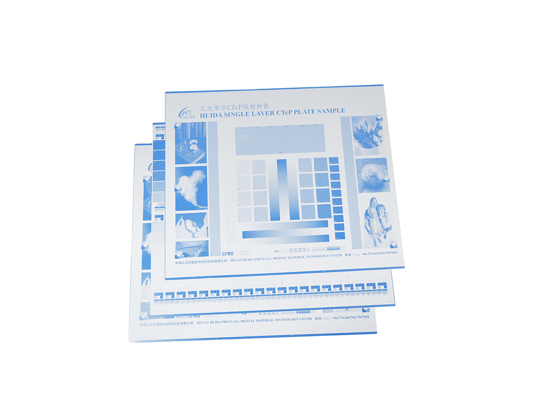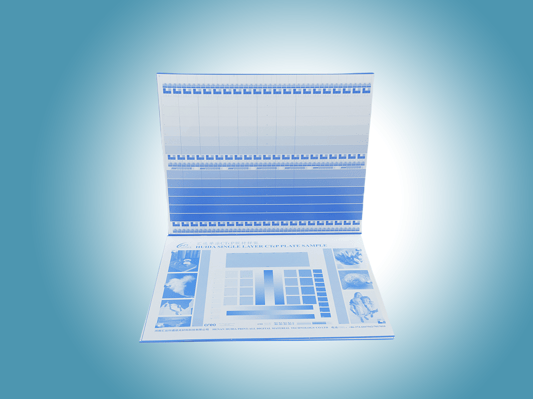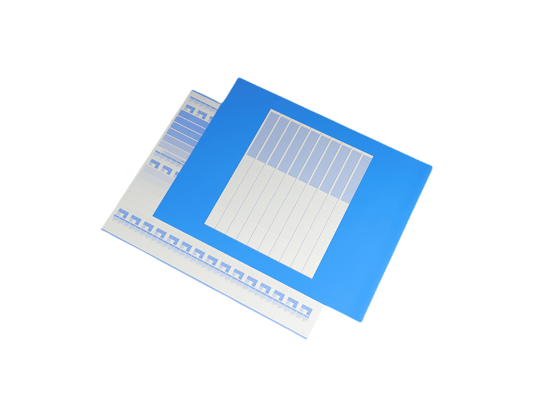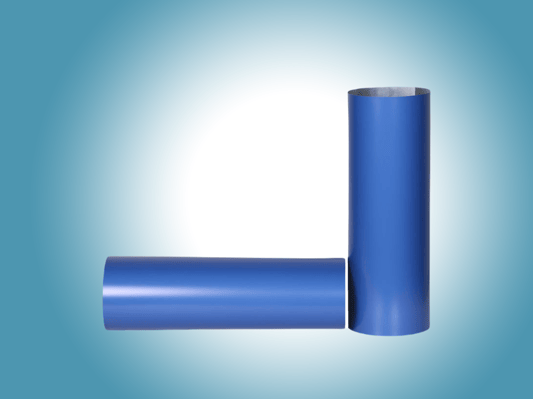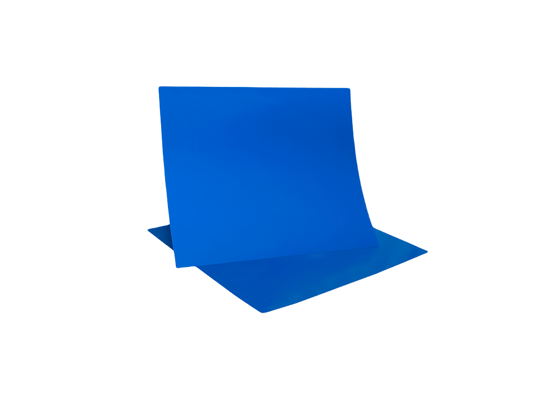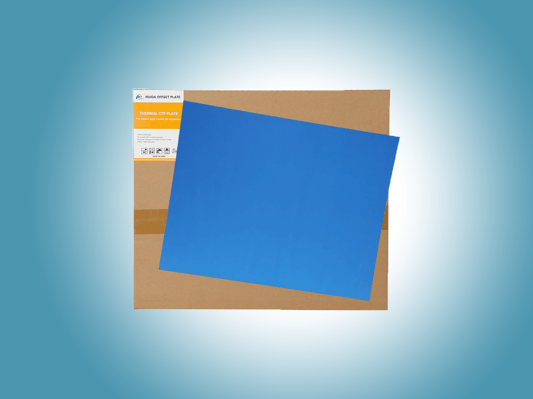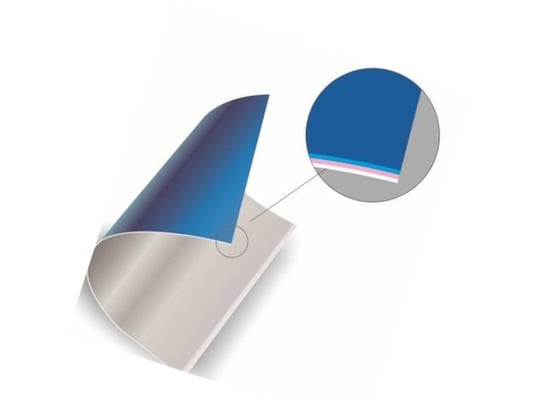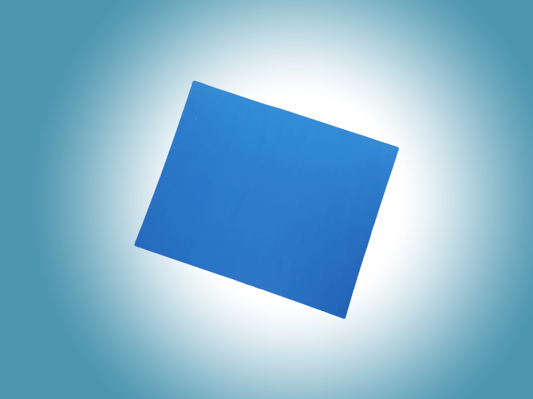Offset Printing VS Digital Printing
When you are in the market to get some printed marketing materials such as brochures, digital vs offset printing business cards, flyers etc., you know just how important the design is. From the layout to the graphics, a lot of hard work goes into the final design. With all that hard work, you want the final project to look the absolute best it can. But one aspect of designing for print projects often neglected by designers is how it is going to be printed. There's one more important decision to make when before your design is printed: choosing between offset vs digital printing.
What is Offset Printing
Offset printing is a printing technique that involves transferring ink from a metal plate to paper or other material.
Offset printing is a type of printing process that transfers the ink from an etched plate to paper, cloth, or other material. The process is accomplished by putting pressure on the inked surface and bringing it into contact with the paper. This method of printing was invented in 1875 by John Walter Crane.
This type of printing is also called lithography, because it was originally done using limestone slabs with images drawn on them with grease crayons or wax pencils. It has been used for publishing since the late 19th century and became widely used in the 20th century because of its affordability and versatility.
What are the Benefits of Offset?
- Higher print quality: Offset printing is the way to go if you want your print job to be of the greatest potential quality.
- Perfect color match: When printing using offset, the colors will be perfect. Colors can be changed to match any other color.
- Cheaper for Larger Runs: If you're printing a large batch of something, offset printing will save you money. The cost per item is actually less than that of digital.
What are the Cons of Offset?
- Larger initial investment: Even though offset is cheaper per sheet than digital, the initial expenditure will be larger due to the custom-manufactured plates.
- Longer turnaround time: Because the process is more labor-intensive, your project will have a longer turnaround time. Plates are being created, and getting the colors to match exactly takes a little longer than digital printing.
- Higher risk: Everyone makes mistakes. If an error is discovered during the offset printing process, the entire process must be restarted. This necessitates the production of new plates with the correct version.
What is Digital Printing?
Digital printing is a process that uses an electronic device to print digital images onto paper, plastic, or other material. It is also known as "digital offset printing" because it combines the traditional offset printing process with digital technologies.
The most important difference between digital and offset printing is that in the former, inkjet printers are used to create images on paper. These images are then transferred to a roller coated with water-resistant ink which prints out the design onto paper with a high-resolution laser printer.
The main advantage of using digital printing over traditional offset printing is that it enables shorter production times and lower costs because there is no need for plates or film negatives.
What are the Pros of Digital?
- Faster turnaround time: Digital printing provides for a substantially faster turnaround time due to the less labor-intensive procedures used.
- Short runs at a lower cost: Getting a projection produced digitally is substantially less expensive than using offset. If you merely need 20 pamphlets or 200 business cards, digital printing outperforms offset.
- Allows for variable data: One of the most significant advantages of printing digitally is the ability to use variable data. Individual information can be changed considerably more easily during digital print production. For example, you can send a direct mail campaign to 250 distinct addresses without spending any more time or effort.
What are the Cons of Offset?
- Slightly Lower Quality: When printing on digital, the quality of your product will be slightly reduced. Colors are more difficult to match, and visuals are less sharp.
- Higher Cost for Larger Runs: Digital printing is unquestionably the best option for small runs. When printing a high quantity of digitally printed items, the cost will rise.
- Fewer Materials to Print On: Offset printing allows you to print on almost anything, but digital presses are primarily geared for paper.
Offset vs Digital Printing: Which Should I Choose?
There are multiple questions you should ask yourself before ultimately deciding on offset vs digital printing.
- How many pieces do I need to get printed?
- Am I in a rush?
- Does the quality matter?
If you are still unsure about what is best for your next print project. Fill out the form below to get in contact with our team. HuidaOffsetPlate provides you with high-quality plates.
Contact form
- Choosing a selection results in a full page refresh.

